According toACB , the driving force came from a strong increase of 36% in non-interest income and controlled cost efficiency. The CIR ratio remained at 32%, reflecting efforts to digitize, optimize operations, and labor productivity.
By the end of the third quarter of 2025, ACB's outstanding credit balance reached VND669,000 billion, up 15.2% compared to the beginning of the year, higher than the industry average. In particular, corporate lending continued to be the main growth driver, up 20%, concentrated in the fields of trade and manufacturing - key sectors of the economy .
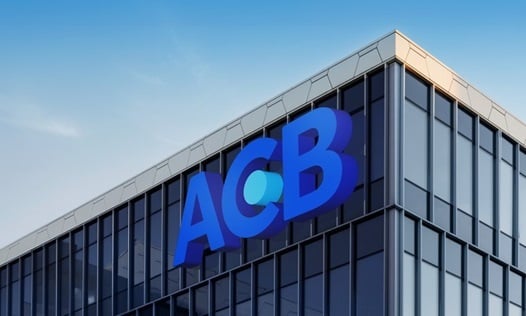 |
| ACB: Profit in the third quarter of 2025 increased by 11% over the same period. |
At the same time, the retail sector's outstanding loans, which are the core of ACB's business strategy, also recorded a positive recovery, thanks to flexible credit programs and financial solutions designed specifically for each segment of individual customers, business households and small traders. ACB is also a pioneer bank accompanying customers in implementing Resolution 68 on private economic development and Resolution 57 on national innovation.
The CASA ratio reached 22.9%, up from 22.1% in the first quarter of 2025 and 22.6% in the second quarter thanks to flexible mobilization policies and product diversification strategies. Pioneering products and services such as "First Home", specialized financial solutions for business households, Flex payment solutions, Lotusmiles Pay integrated payment membership cards, etc., have helped ACB expand its customer base and strengthen brand trust.
Thanks to selective lending policies and strict risk control, ACB ensures capital flows into real profitable, low-risk sectors - the foundation for the bank to grow sustainably without sacrificing asset quality. ACB's bad debt ratio by the end of September 2025 decreased to 1.09%, among the lowest in the industry. This is a testament to ACB's stable management capacity and proactive risk management, helping ACB maintain capital safety and high liquidity. The ratio of short-term capital for medium- and long-term loans is also at 21.8%, lower than the State Bank's regulations.
Not only the parent bank, but also the subsidiaries in the ecosystem contributed significantly. ACBS achieved pre-tax profit of VND895 billion, up 34% over the same period, in which margin lending recorded an 87% growth compared to the beginning of the year, reaching more than VND16,000 billion. ACBL, ACBA, ACBC all grew, accounting for about 6% of consolidated profit.
This synergy model helps ACB gradually move closer to the goal of becoming an “Effective Financial Group”, with multi-functional operations, capable of creating comprehensive value for customers, shareholders and the market. Accordingly, ACB is also one of the prominent banks included in the PRIVATE 100 list - the list of private enterprises that contribute the most to the budget in Vietnam.
Source: https://baodautu.vn/acb-loi-nhuan-quy-iii2025-tang-11-so-voi-cung-ky-d419242.html



![[Photo] Flooding on the right side of the gate, entrance to Hue Citadel](https://vphoto.vietnam.vn/thumb/1200x675/vietnam/resource/IMAGE/2025/10/28/1761660788143_ndo_br_gen-h-z7165069467254-74c71c36d0cb396744b678cec80552f0-2-jpg.webp)
![[Photo] Prime Minister Pham Minh Chinh chaired a meeting to discuss solutions to overcome the consequences of floods in the central provinces.](https://vphoto.vietnam.vn/thumb/1200x675/vietnam/resource/IMAGE/2025/10/29/1761716305524_dsc-7735-jpg.webp)


![[Photo] Hue: Inside the kitchen that donates thousands of meals a day to people in flooded areas](https://vphoto.vietnam.vn/thumb/1200x675/vietnam/resource/IMAGE/2025/10/29/1761738508516_bepcomhue-jpg.webp)




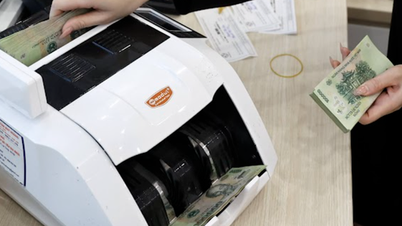

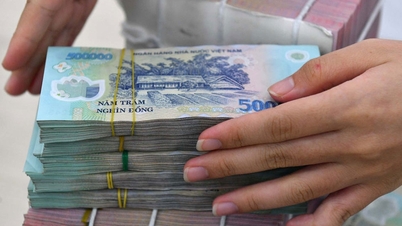



















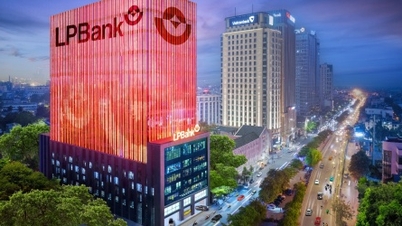

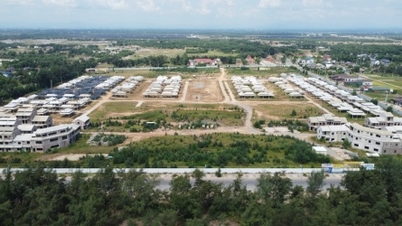
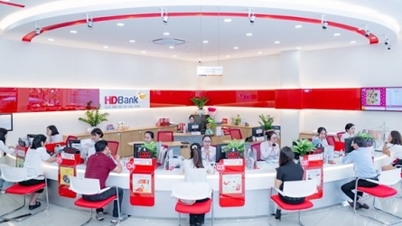









































![[Live] Concert Ha Long 2025: "Heritage Spirit - Brightening the Future"](https://vphoto.vietnam.vn/thumb/402x226/vietnam/resource/IMAGE/2025/10/29/1761743605124_g-anh-sang-am-thanh-hoanh-trang-cua-chuong-trinh-mang-den-trai-nghiem-dang-nho-cho-du-khach-22450328-17617424836781829598445-93-0-733-1024-crop-1761742492749383512980.jpeg)








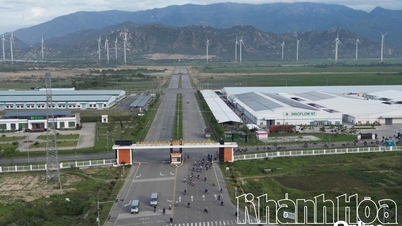



















Comment (0)